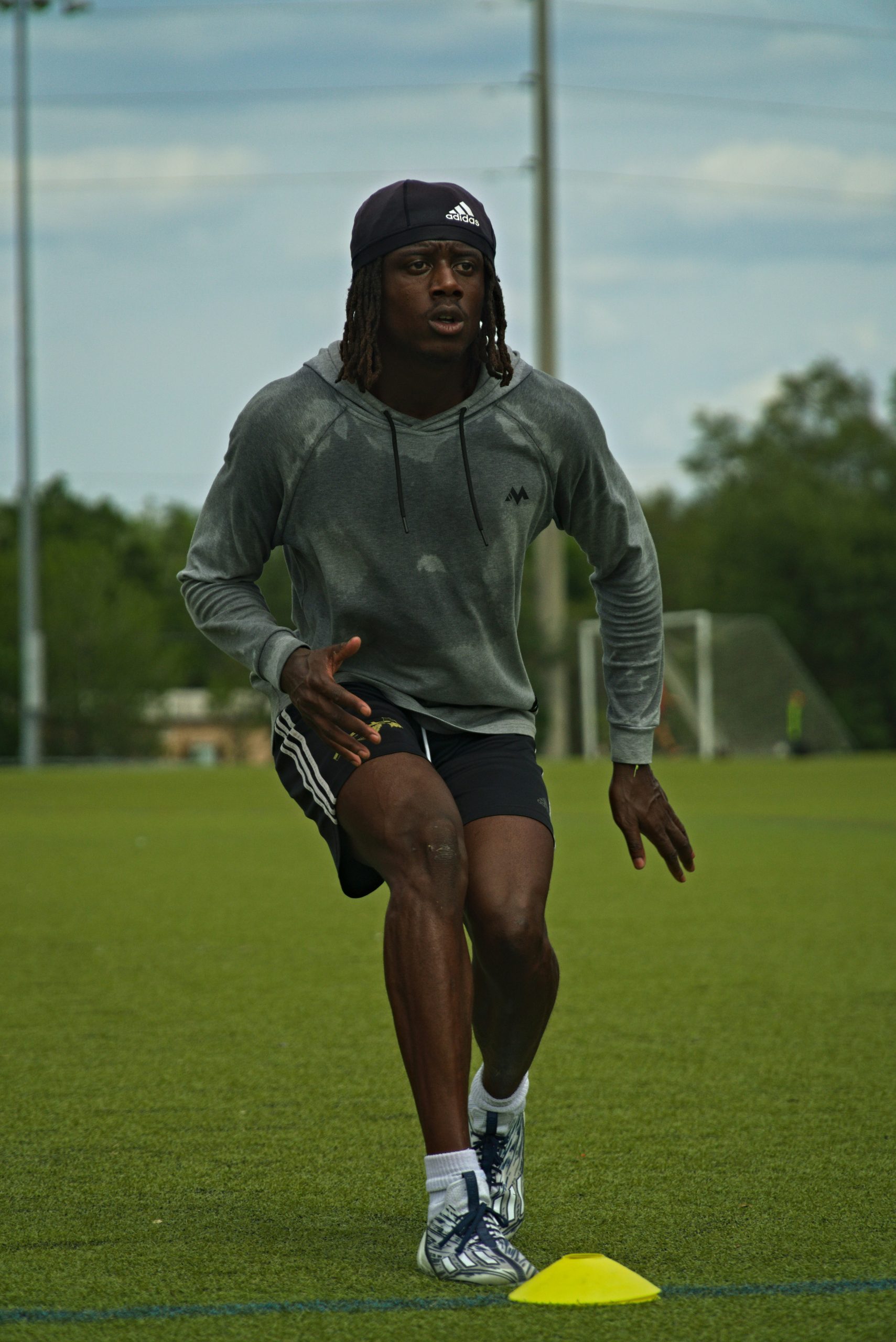In recent years, athletes and coaches have begun to blend traditional training with intuitive insights—tapping into “gut feelings,” somatic cues, and subconscious pattern recognition—to elevate performance, sharpen decision-making, and step into flow states.
1. Intuition: The Hidden Asset in Athletic Decisions
Research shows that elite coaches often rely on instinctive judgments when selecting athletes or making split-second calls during competition. One study examining Olympic-level combat sport coaches—like those in boxing and judo—found that they leaned on “gut instinct” informed by their extensive experience and contextual awareness, especially in high-pressure moments en.wikipedia.org+11pmc.ncbi.nlm.nih.gov+11jsperformancelab.com+11pubmed.ncbi.nlm.nih.gov.
This aligns with findings from decision-making science: experienced practitioners develop tacit knowledge that enables rapid, confident choices without conscious deliberation .
2. The “Intuitive Athlete” and Flow States
Within sports performance circles, an “intuitive athlete” is one whose body and mind are so finely tuned that reactions become immediate—bypassing conscious thought. Joe Sulak of JS Performance Lab describes this as athletes “who have honed their skills to the point where… decisions are made on the fly without hesitation” jsperformancelab.com.
Athletes themselves report that intuition often coincides with **flow:
“It’s like time slowed down… my arm went out like lightning”
(typical description from athletes recalling clutch plays) theartofintuition.com+9en.wikipedia.org+9mentalaccelerator.com+9joyfulathlete.com+6reddit.com+6wired.com+6.
Research supports these phenomenological accounts. Many experts regard flow as a state of intense present-moment focus and automatic execution—hallmarks of intuitive performance .
3. Developing Athletic Intuition
Intuitive ability in sports can be cultivated. Coaches suggest methods that emphasize awareness, reflection, and trust:
- Quieting the mind: Athletes trained in mindfulness or relaxation often describe being more receptive to gut cues pmc.ncbi.nlm.nih.gov.
- Training sensory awareness: Paying attention to bodily sensations and subtle cues during sport helps fine-tune instincts sas.upenn.edu+15mentalaccelerator.com+15theartofintuition.com+15.
- Deliberate practice + intuition: As James Spillane notes, muscle memory can free an athlete to rely on intuition during high-pressure situations .
- Meta-awareness and trust: Elite coaches emphasize not just using intuition but also knowing when to audit it—balancing gut and analytics en.wikipedia.org+2researchgate.net+2mentalaccelerator.com+2.
4. Integrating Intuition into Training & Game Plans
Structured drills designed to invoke intuitive responses can be powerful:
- Video anticipation drills (e.g., tennis players reading serves) sharpen pre-conscious pattern recognition—training intuition explicitly .
- Pressure training—adding distractions or staging time-sensitive scenarios—helps athletes refine instinctive performance under duress .
- Reflection sessions—where athletes recall moments they trusted their gut—can strengthen confidence in intuitive decision-making researchgate.net.
5. Why It Accelerates Results
Intuition accelerates performance by enabling faster, contextual decisions—without getting bogged down in overthinking. As Business2Community puts it:
“When experience…is unavailable, your intuition…makes rapid decisions without conscious awareness.”
Athletes practicing intuition training often report:
- Greater resilience under pressure
- Clearer in-the-moment awareness
- Increased confidence in split-second choices
Final Thoughts
Combining structured training with intuitive awareness bridges the best of both worlds. By cultivating sensory awareness, practicing under pressure, and reflecting on instinctual decisions, athletes can sharpen not just their bodies, but their perceptual systems—leading to more dynamic, durable, and adaptive performance.
References & Further Reading:
- Coaches’ reliance on instinct in talent ID sas.upenn.edupubmed.ncbi.nlm.nih.gov+1researchgate.net+1
- How flow aligns with intuitive athletic performance jsperformancelab.com
- Developing intuition through awareness and practice joyfulathlete.com
- The athlete’s gut as a decision tool pubmed.ncbi.nlm.nih.gov

